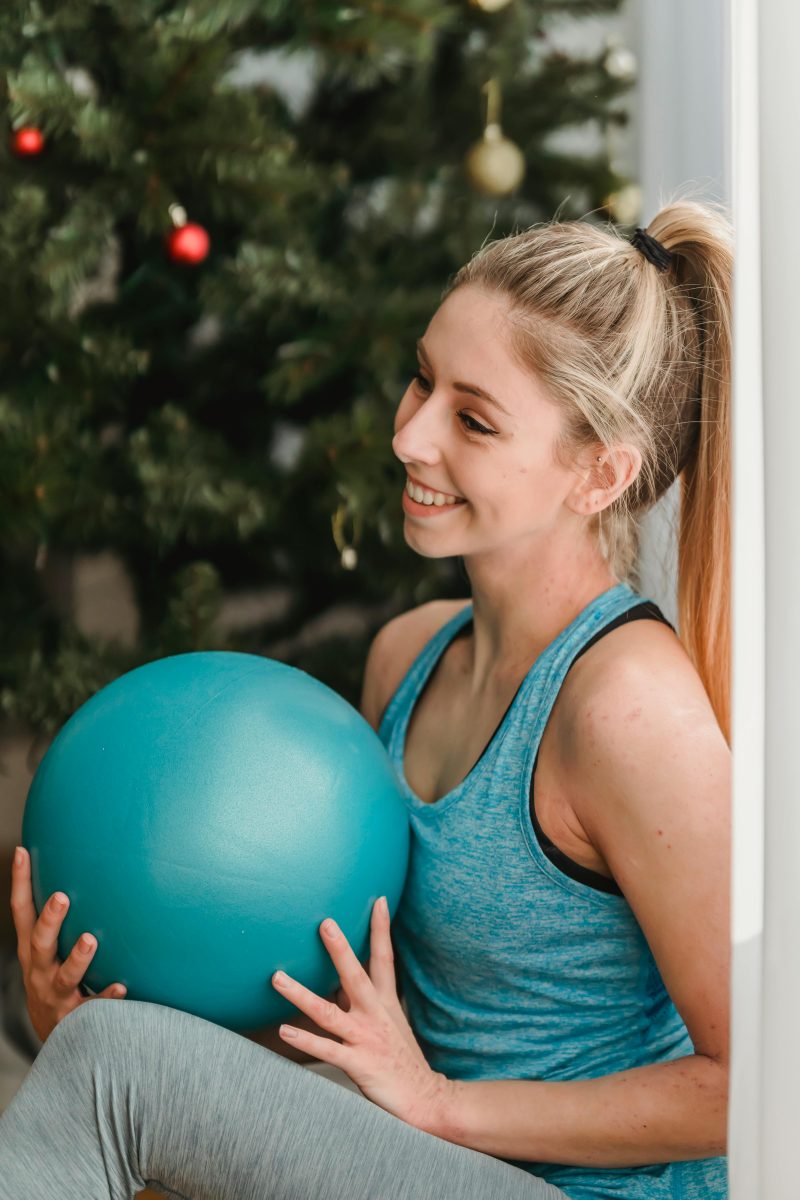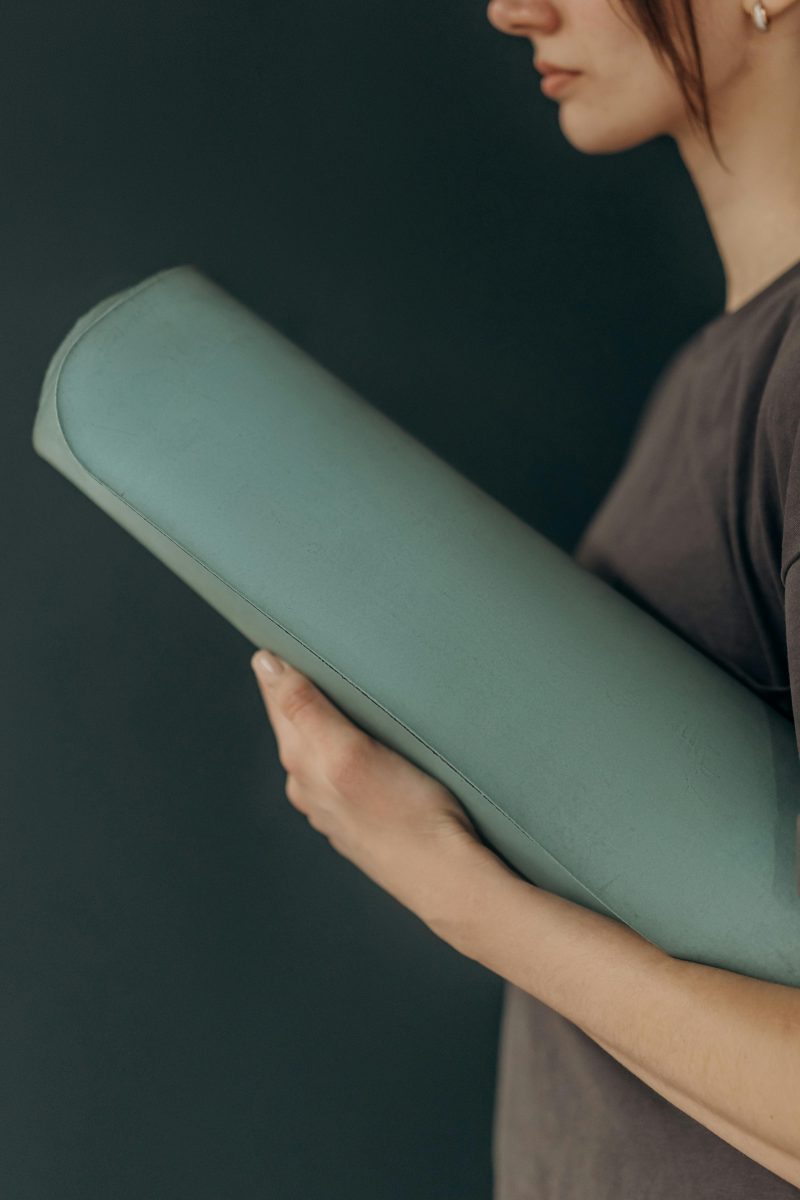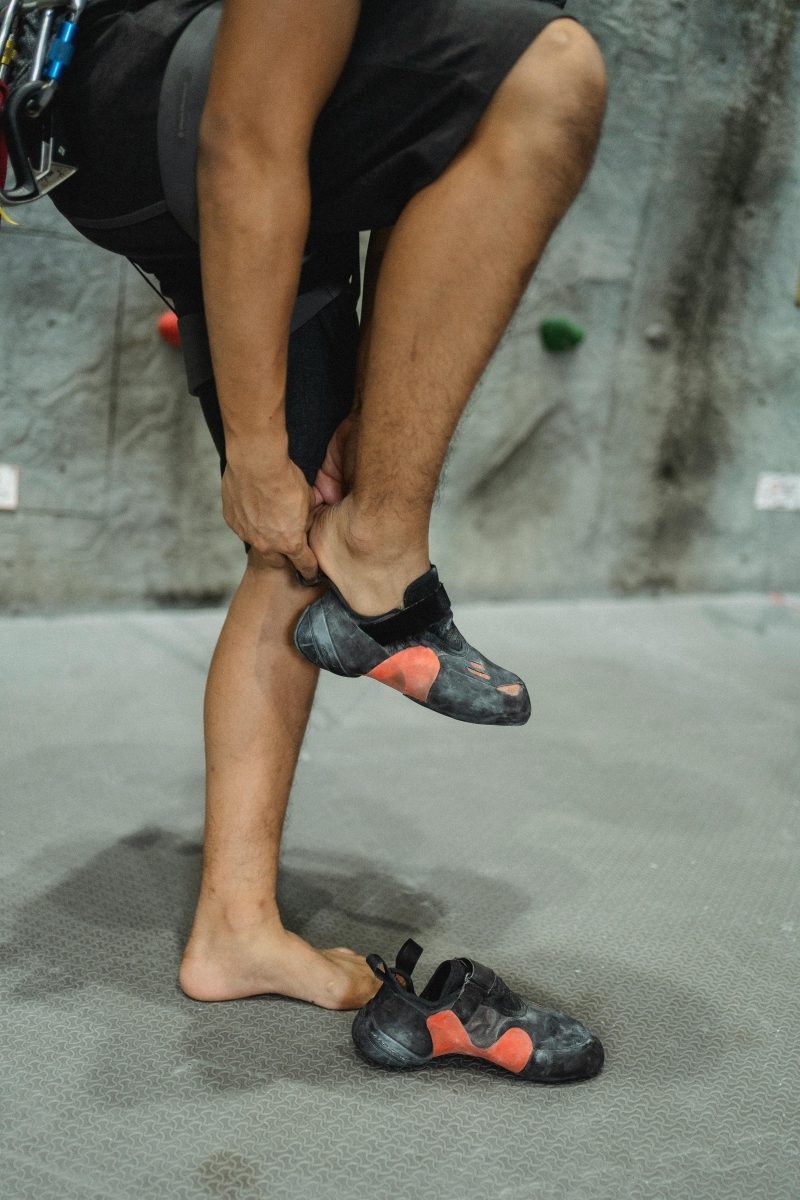Last Updated on: 14th July 2024, 09:04 am
Introduction to Women’s Health and Fitness Across Life Stages

Fitness is not just a lifestyle choice; it’s a cornerstone of women’s health. It shapes our bodies, fortifies our minds, and nurtures our spirits. Through every chapter of life, from the bloom of youth to the grace of maturity, the fitness needs of women evolve. This journey is unique, marked by the biological and emotional milestones that define womanhood.
- In the spring of youth, fitness builds a foundation of strength and resilience, preparing the body for the world ahead.
- As women step into adulthood, the focus shifts towards maintaining peak physical condition, balancing the demands of career and family.
- Pregnancy and motherhood introduce a new dimension, where fitness becomes about adaptation and recovery.
- And in the later years, it’s about preserving vitality, ensuring a quality of life that is rich and full.
Understanding these shifts is crucial. It empowers women to tailor their fitness routines, ensuring they meet their body’s changing needs. It’s a journey of discovery, of pushing limits, and embracing change. And it starts with recognizing the pivotal role of fitness in women’s health, across all life stages.
The Adolescent Years: Building a Foundation for Healthy Living

Understanding the Physical Changes During Adolescence
The adolescent years are a time of remarkable physical transformation. Bodies grow rapidly, hormones fluctuate, and the journey towards physical maturity begins. Recognizing these changes is the first step in nurturing a healthy lifestyle that supports this growth.
Key Fitness Activities Suitable for Teenagers
- Aerobic exercises like running or swimming boost cardiovascular health.
- Strength training enhances muscle and bone development.
- Flexibility exercises, such as yoga, improve range of motion and prevent injuries.
Encouraging teenagers to explore different activities helps them discover what they enjoy, laying the groundwork for a lifelong fitness habit.
Nutrition and Its Role in Adolescent Health
Nutrition cannot be overlooked. A balanced diet, rich in fruits, vegetables, lean proteins, and whole grains, fuels the body’s growth and supports hormonal balance. Hydration is equally important, as it impacts every aspect of health, from cognitive function to physical performance. Teaching teenagers about the importance of nutrition and making healthy choices sets them up for a lifetime of wellness.
Navigating Fitness During the Reproductive Years

The Impact of the Menstrual Cycle on Fitness and Performance
The menstrual cycle can significantly influence fitness levels and performance. During the early phase, many women experience increased energy, making it an ideal time for high-intensity workouts. However, as the cycle progresses, some may feel more fatigued, requiring a shift to lighter, more restorative exercises. Understanding these patterns allows for a tailored approach to fitness, optimizing performance while respecting the body’s natural rhythms.
Exercise and Pregnancy: Benefits, Guidelines, and Precautions
- Benefits: Improved mood, better sleep, and reduced pregnancy discomforts.
- Guidelines: Low-impact activities like walking, swimming, and prenatal yoga are recommended.
- Precautions: Always consult with a healthcare provider before starting any new exercise regimen during pregnancy to ensure safety for both mother and baby.
Postpartum Fitness: Strategies for Getting Back into Shape
Returning to fitness after childbirth can be challenging but immensely rewarding. Start slowly, with gentle activities like walking and pelvic floor exercises. Gradually incorporate more strenuous exercises as strength and endurance improve. Listening to your body and allowing adequate time for recovery are paramount. With patience and persistence, postpartum fitness can not only help in regaining pre-pregnancy shape but also boost overall well-being.
Midlife and Menopause: Adjusting Your Fitness Routine

The Effects of Menopause on Body Composition and Metabolism
Menopause marks a significant shift in a woman’s life, bringing changes that affect body composition and metabolism. The decline in estrogen levels can lead to increased body fat, especially around the abdomen, and decreased muscle mass. Metabolism slows, making weight management more challenging. Recognizing these changes is the first step toward adjusting your fitness routine to meet your body’s evolving needs.
Recommended Exercises for Managing Symptoms and Maintaining Bone Density
- Weight-bearing exercises like walking, dancing, or jogging help maintain bone health.
- Strength-training with weights or resistance bands can preserve muscle mass and strength.
- Balance and flexibility exercises, such as yoga or Tai Chi, can also alleviate menopause symptoms by reducing stress and improving mental well-being.
The Importance of Strength Training and Cardiovascular Health
Strength training is crucial during menopause. It not only helps counteract the loss of muscle mass but also boosts metabolism, aiding in weight management. Equally important is maintaining cardiovascular health. Regular aerobic exercise, such as swimming, cycling, or brisk walking, supports heart health, improves mood, and enhances overall energy levels. Together, strength training and cardiovascular exercises form a comprehensive fitness routine that addresses the unique challenges of menopause, promoting a healthier, more vibrant life stage.
Staying Active in the Golden Years

Challenges and Benefits of Exercising for Older Women
For older women, staying active can be a challenge, yet the benefits are undeniable. Physical limitations and health issues may require adjustments to fitness routines, but the rewards, including improved mobility, strength, and mental health, are well worth the effort. Exercise reduces the risk of chronic diseases, enhances mood, and promotes independence.
Types of Activities That Promote Mobility, Strength, and Balance
Activities tailored to enhance mobility, strength, and balance are crucial. Walking, a simple yet effective aerobic exercise, boosts cardiovascular health. Swimming and water aerobics minimize joint strain while improving endurance. Strength training, adapted to individual capabilities, preserves muscle mass and bone density. Balance exercises, such as Tai Chi or simple standing balance practices, reduce fall risk, a significant concern for older adults.
Adapting Fitness Routines to Accommodate Health Issues
Adapting fitness routines for health issues is essential. Consulting healthcare providers ensures exercises are safe and beneficial. For those with arthritis, low-impact exercises like swimming can be less painful. Heart conditions may require moderated aerobic activities, closely monitored for intensity. Flexibility and stretching exercises, important for maintaining range of motion, can be adjusted to accommodate physical limitations.
Embracing fitness in the golden years is not just about adding years to life, but life to years. It’s about maintaining the joy and independence that come with physical health. With thoughtful adaptation and a focus on holistic well-being, older women can continue to thrive, enjoying the richness of life at every age.
Special Considerations for Women’s Fitness

Addressing Common Health Issues Through Targeted Exercises
- Weight-bearing Activities: Strengthen bones, crucial for women at risk of osteoporosis.
- Resistance Training: Rebuilds muscle, aiding breast cancer recovery and improving range of motion.
- Specialized Exercises: Reduce lymphedema risk, fostering a smoother recovery for breast cancer survivors.
The Role of Mental Health in Physical Fitness
- Stress and Anxiety: Can sabotage workout routines. It’s essential to manage these for effective fitness progress.
- Positive Mindset: Propels you forward. Cultivating a positive mental attitude is key.
- Yoga and Pilates: Offer dual benefits by toning the body and calming the mind, serving as a sanctuary for mental rejuvenation.
Understanding and Overcoming Barriers to Exercise
- Time Constraints: Short, high-intensity workouts can fit into busy schedules, making fitness more accessible.
- Lack of Motivation: Finding a supportive fitness community can transform exercise from a chore into a daily highlight.
- Intimidation: Overcoming this barrier requires self-compassion and strategy, making fitness a more welcoming space for all women.
Women’s fitness is not a one-size-fits-all affair. It’s a personalized tapestry woven from the threads of individual health concerns, mental well-being, and the unique challenges each woman faces. By addressing these with care and knowledge, the path to fitness becomes not just accessible, but also enjoyable.
In Closing
Fitness is a lifelong journey for women. It’s a path of resilience and joy, adapting to each life stage with strength and grace. From the vigor of youth through the challenges of menopause to the golden years, fitness enhances well-being, empowering women to live their fullest lives. This journey, woven with the threads of physical health, mental wellness, and community support, highlights the importance of personalized fitness. Let’s embrace this journey together, nurturing our bodies and spirits for a vibrant, healthy future.
Women’s Health: Fitness Through the Life Stages FAQs
Yes, women can use fitness as an effective tool to manage stress and improve mental health. Regular physical activity releases endorphins, which are natural mood lifters, and helps reduce levels of the body’s stress hormones, such as adrenaline and cortisol. Exercise also provides an opportunity for mindfulness and can be a powerful component of a holistic approach to mental health.
Technology can support women’s fitness goals by providing tools for tracking progress, offering virtual classes, and facilitating access to a wide range of workouts. Wearable devices can monitor heart rate, sleep patterns, and activity levels, offering personalized insights. Additionally, fitness apps and online platforms can provide motivation, community support, and access to expert advice, making it easier for women to stay committed to their fitness journey through various life stages.
Women can balance hormone changes with fitness by incorporating a mix of cardiovascular, strength, and flexibility training into their routines. Regular exercise can help mitigate symptoms of PMS, improve mood during menopause, and maintain overall hormonal balance. Tailoring exercise intensity and type to the menstrual cycle can also optimize performance and recovery.
Women can prevent injury during exercise by incorporating proper warm-up and cool-down routines, focusing on correct form and technique, and listening to their bodies to avoid overexertion. Using appropriate equipment and wearing the right shoes can also reduce the risk of injury. Gradually increasing the intensity and duration of workouts allows the body to adapt and strengthens muscles and joints.
Pregnancy necessitates adjustments to a woman’s fitness routine to accommodate her changing body and to ensure the safety of the fetus. Low-impact exercises like swimming, walking, and prenatal yoga are recommended. It’s crucial to consult with a healthcare provider before continuing or starting any new exercise regimen during pregnancy.
Incorporating yoga into a fitness routine offers women numerous benefits, including improved flexibility, strength, and mental clarity. Yoga practices can also help reduce stress, improve respiratory and cardiovascular function, and promote hormonal balance. It’s a versatile activity that can be adapted for all fitness levels and stages of life, making it an excellent addition to any fitness regimen.
Strength training and cardiovascular exercises are highly beneficial for post-menopausal women. These activities help manage weight, improve bone density, and reduce the risk of chronic diseases such as heart disease and diabetes. Additionally, balance and flexibility exercises are important to prevent falls and improve overall mobility.
As women age, they should expect to modify their fitness routine to accommodate decreased muscle mass and bone density. Incorporating strength training and weight-bearing exercises can help counteract these effects. It’s also important to focus on flexibility and balance exercises to prevent falls and maintain mobility.
Hydration is vital in women’s fitness as it affects performance, energy levels, and recovery. Adequate fluid intake before, during, and after exercise helps maintain hydration status, which is crucial for optimal bodily functions and temperature regulation. Women should pay special attention to their hydration needs, especially during menstruation and pregnancy, when fluid needs may increase.
Nutrition plays a crucial role in supporting women’s fitness across different life stages by providing the necessary energy and nutrients for optimal health and performance. During reproductive years, a focus on iron and folic acid is important, while calcium and vitamin D become more critical during menopause. A balanced diet tailored to the individual’s activity level and life stage can enhance fitness outcomes and overall well-being.
Orlando is a all round athlete from Australia, now resident in Germany. His sports of passion of American Football(Offensive line), weight training and indoor rock climbing where he uses his 195cm wing span to his advantage.



